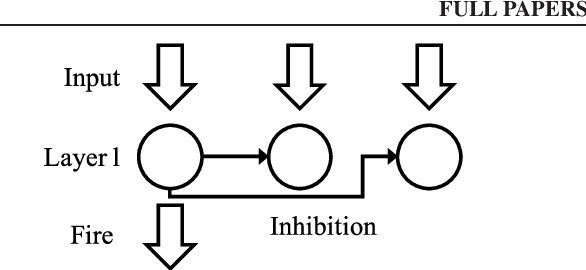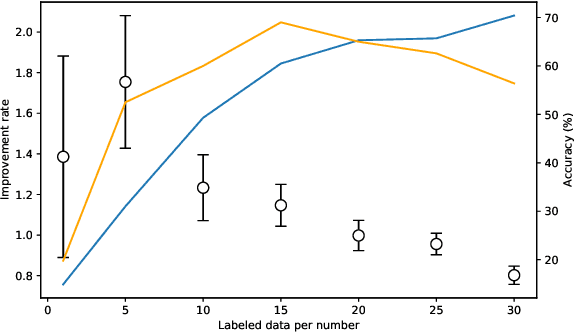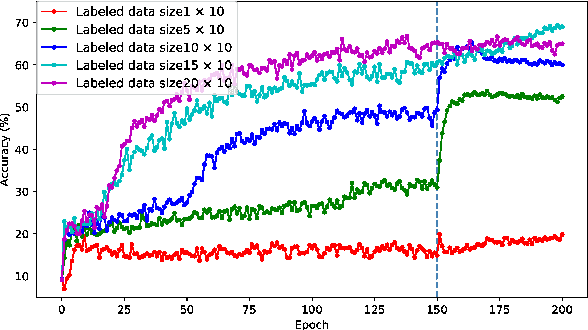Kotaro Furuya
The Geometry of Dialogue: Graphing Language Models to Reveal Synergistic Teams for Multi-Agent Collaboration
Oct 30, 2025Abstract:While a multi-agent approach based on large language models (LLMs) represents a promising strategy to surpass the capabilities of single models, its success is critically dependent on synergistic team composition. However, forming optimal teams is a significant challenge, as the inherent opacity of most models obscures the internal characteristics necessary for effective collaboration. In this paper, we propose an interaction-centric framework for automatic team composition that does not require any prior knowledge including their internal architectures, training data, or task performances. Our method constructs a "language model graph" that maps relationships between models from the semantic coherence of pairwise conversations, and then applies community detection to identify synergistic model clusters. Our experiments with diverse LLMs demonstrate that the proposed method discovers functionally coherent groups that reflect their latent specializations. Priming conversations with specific topics identified synergistic teams which outperform random baselines on downstream benchmarks and achieve comparable accuracy to that of manually-curated teams based on known model specializations. Our findings provide a new basis for the automated design of collaborative multi-agent LLM teams.
STDP enhances learning by backpropagation in a spiking neural network
Feb 21, 2021



Abstract:A semi-supervised learning method for spiking neural networks is proposed. The proposed method consists of supervised learning by backpropagation and subsequent unsupervised learning by spike-timing-dependent plasticity (STDP), which is a biologically plausible learning rule. Numerical experiments show that the proposed method improves the accuracy without additional labeling when a small amount of labeled data is used. This feature has not been achieved by existing semi-supervised learning methods of discriminative models. It is possible to implement the proposed learning method for event-driven systems. Hence, it would be highly efficient in real-time problems if it were implemented on neuromorphic hardware. The results suggest that STDP plays an important role other than self-organization when applied after supervised learning, which differs from the previous method of using STDP as pre-training interpreted as self-organization.
 Add to Chrome
Add to Chrome Add to Firefox
Add to Firefox Add to Edge
Add to Edge